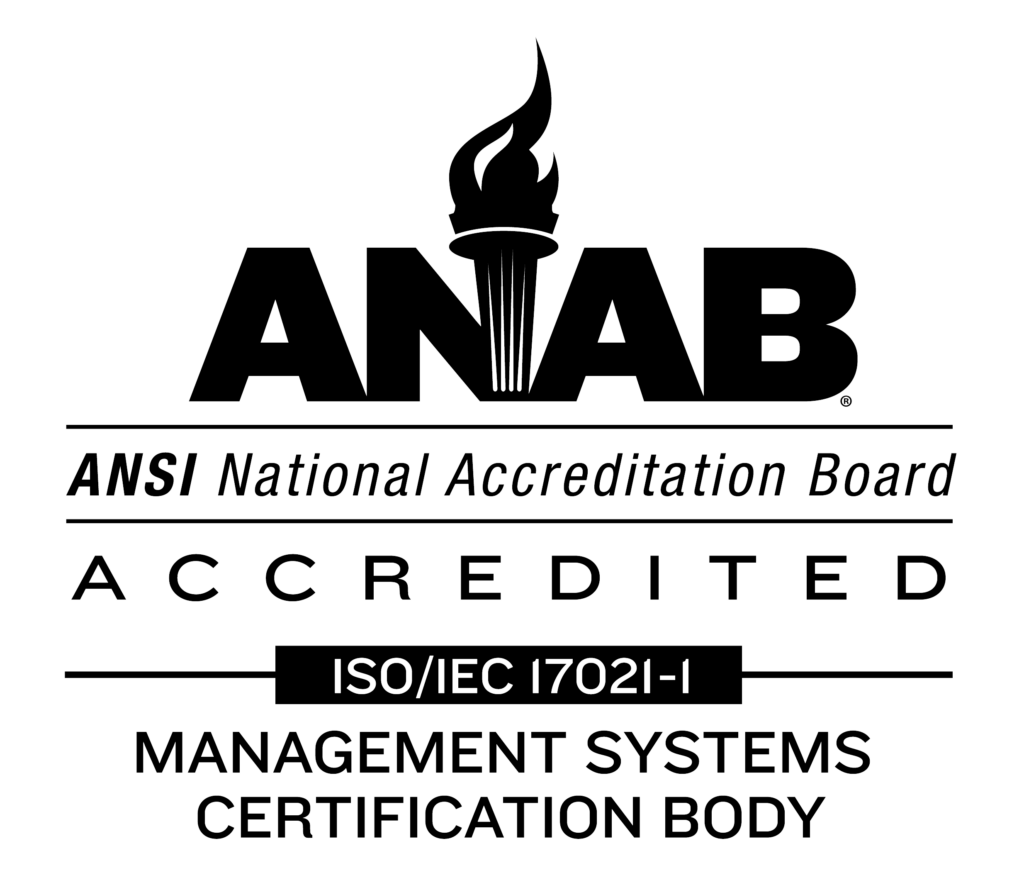2017 IIoT Prediction Series, Part 4: Smart Cities Turn to Standardization
As 2017 kicks into full gear and a particularly interesting 2016 fades into the rearview mirror, we took a look around the IIoT landscape to see what this year might potentially have in store. We will be unveiling five IIoT-related predictions throughout this week and into next, so stay tuned and let us know what you think! On Tuesday, we started our predictions by looking at the potential development of Fog Computing at the Edge and its impact on cybersecurity. Wednesday, we predicted that the rise of IIoT applications will outpace consumer IoT apps. Yesterday, we wrote about the challenge facing IIoT businesses as the workforce ages and new skills are needed for the ongoing IT/OT Convergence factor. FreeWave Predictions 2017 Throughout the last year or so, we’ve paid especially close attention to the development of Smart infrastructure. People tend to think of smart cars, smart appliances, smart houses, and smart cities in this context, but what we’re more interested in is the growth of the infrastructural mechanisms that make these “smart” applications a reality. Because we play in the industrial sector, the growth of Smart Cities is where we most notice the growth of this infrastructure. Some cities around the world, especially India, have invested heavily in the infrastructure necessary to create a Smart City. Other countries, however, have been slower to follow suit for a variety of reasons. Our Smart City Prediction With the rise of Smart City initiatives the 802.11 ah (HaLow) wireless networking protocol will over power Bluetooth in 2017 for critical infrastructure applications like traffic management, public safety, energy efficiency and public infrastructure design. By the end of 2017, millions of smart IoT devices will be deployed into networks that use the HaLow protocol and it will eventually become the standard for IIoT. The “Standards” Problem One of the main challenges to Smart City growth so far has been the reluctance for industry leaders to choose a single standard for connectivity. So far, HaLow has been considered one of the titans, but there is yet to be a move to make it the standard for further development. This WiFi protocol brings many benefits to the table, including its high speed data transmission and the early backing of IEEE. Bluetooth or HaLow? Nipping on the heels of HaLow is the emergence of Bluetooth 5. Where HaLow shines – high-speed data transmission rates for longer distances – Bluetooth 5 falls flat. But Bluetooth 5 has perks of its own: low energy needs means longer battery life for the devices that use Bluetooth 5, and, of course, the cost factor cannot be ignored either – Bluetooth 5 is much cheaper to implement. Additionally, where Bluetooth 5 is already up and running, HaLow is still being rolled out, and will continue to be for the foreseeable future. Smart Cities Need Bandwidth, but… They also need cost-effective solutions that can be rolled out today. Where the benefits outweigh the cost is most likely the side to which Smart City developers will fall. As urban areas continue to expand outward, the need for high bandwidth solutions will become more important, which would seem to favor 802.11ah in the long run. Stay tuned Monday for our final prediction!





